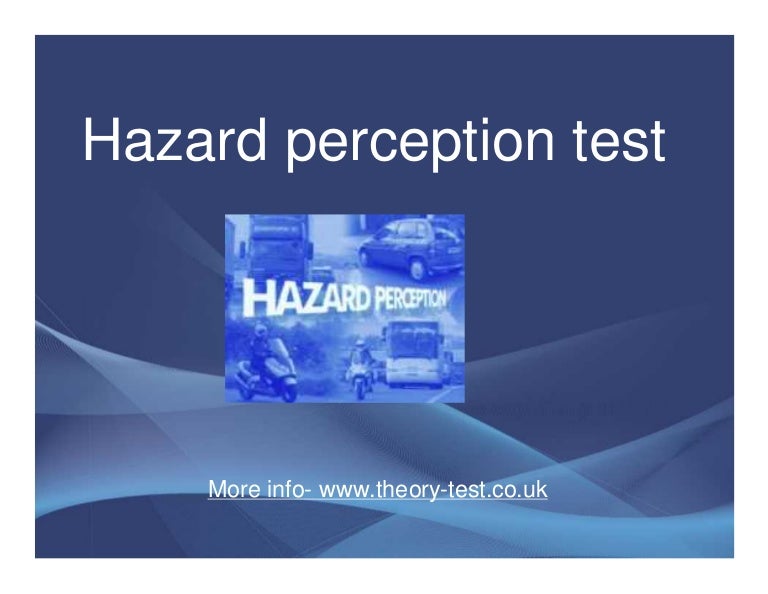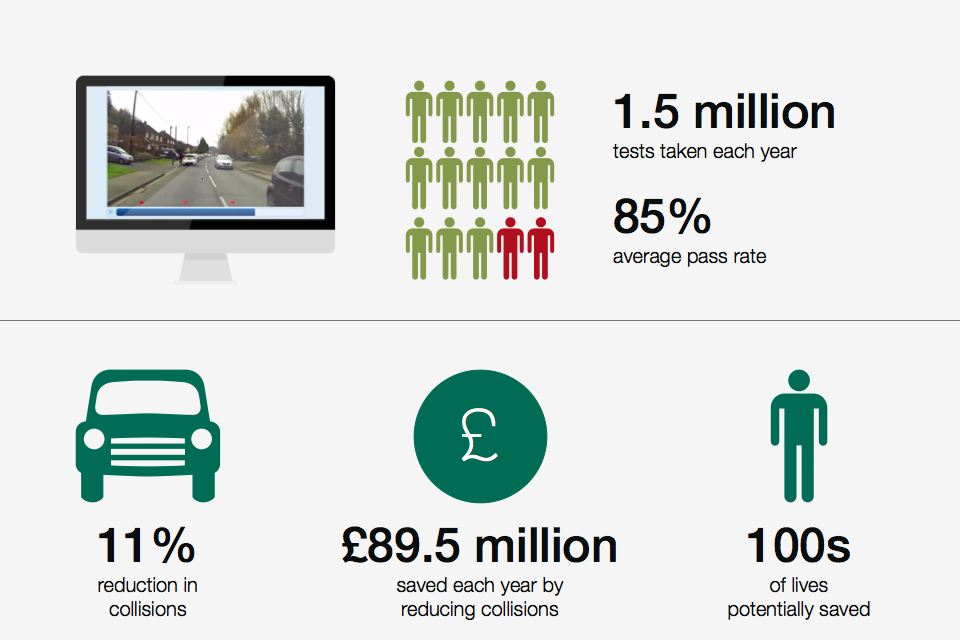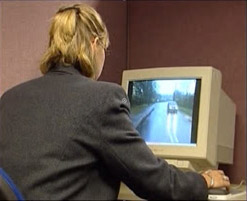
With this criteria, you can start looking for developing hazards in practice tests, and while out on the road. You’d need to slow down, so it’s now a developing hazard.” When you get closer, the car’s right-hand indicator starts to flash and it starts to move away. It wouldn’t cause you to take action, so it’s not a developing hazard. “A car is parked at the side of the road and isn’t doing anything. The DVLA defines a developing hazard as ‘something that would cause you to take action, like changing speed or direction.’ They then give the following example: Randomly clicking on the screen and hoping won’t get you very far, so this bit is vitally important. Our first tip should be an obvious one – understand what developing hazards are, and what they look like. Related Article: HGV Licenses Or LGV Licenses – What’s the Difference? Study Developing Hazards Related Article: 4 Tips To Help You Pass Your HGV Theory Test First Time Today, we wanted to bring you 5 tips to help you through your hazard perception test. One of the videos contains two developing hazards. In 18 of those videos, there is one developing hazard that the candidate is expected to identify as quickly as possible.

Testing the ability to perceive developing hazards involves 19 videos viewed on a computer screen. Hazard perception makes up the second part of the two-part exam candidates must score at least 67 to pass it. To find out more information, or if you would like to book your Theory Test & Hazard Perception Test, please click here.So today, we thought we would address the hazard perception portion of the HGV theory test. The cost of taking the test costs £23 and is available to book online. The test consists 14 video clips containing 15 hazards, each scoring between 1 and 5 points, depending on how early you predict the hazard.īoth tests must be completed at the required minimum scores in order to recieve a theory test pass certificate, which is compulsory in order to book your practical test. On this test, the total amount of marks given is 75 with the pass mark at 44.
STUDY FOR HAZARD PERCEPTION TEST DRIVERS
In 2002, the Hazard Perception Test was introduced and is now part of the Theory Test, it is designed to show hazards occur on the road, it allows you to predict potential dangers and hazards that may develop on the road from a drivers perspective. At Woodlands School Of Motoring, we recommend that you take your Theory Test as soon as possible so you can continue to focus on your practical tuition and test. To study for the exam, you can purchase an array of mobile apps, dvd's and books which will test your knowledge and prepare you for the Hazard Perception Test. Out of 50 questions, the pass mark is 43. Now it is taken as a Multiple Choice formatted exam taken on a computer. The Theory test was introduced in 1996 and is a written exam about driving theory, designed to increase knowledge of road safety and rules of the road, it can be taken at local test centres around the UK. This is because whilst learning the theory behind driving, it is reinforced during practical lessons and put to action.


At Woodlands School Of Motoring, we recommend that you study for the Theory Test and Hazard Perception Test whilst taking practical lessons.


 0 kommentar(er)
0 kommentar(er)
